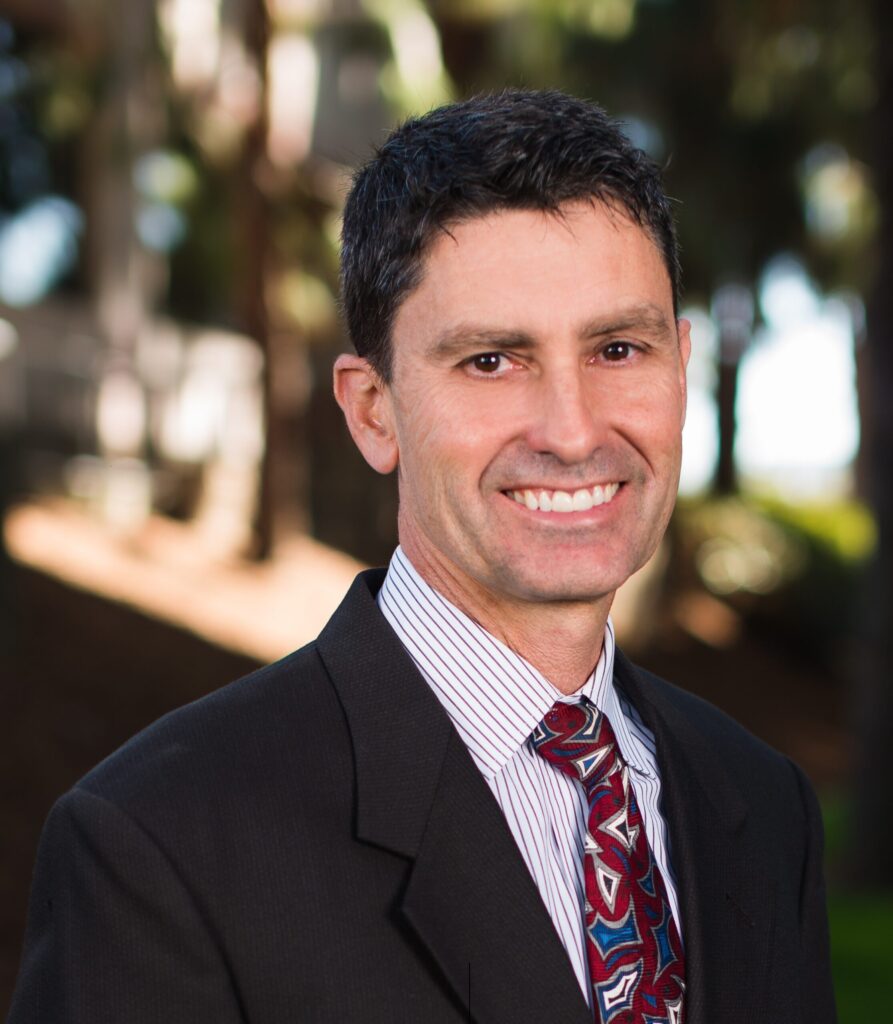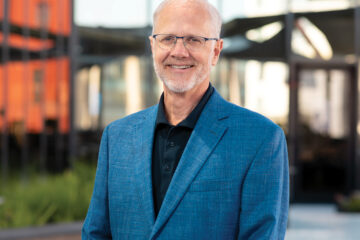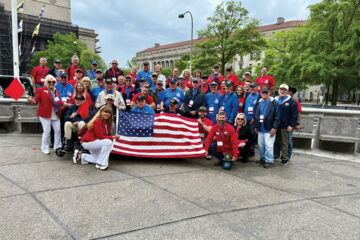Lessons Learned from Greg Banner, CEO of Asset Preservation Strategies
How a respected NFL, MLB, NBA, and PGA photographer collided with a career in wealth management

What Motivated Me to Start a Career in Wealth Management
My grandfather sparked my interest in coin collecting and the stock market when I was about 13 years old, which started my fascination with money. At the time, I had $300 in a brokerage account and I got up every morning and opened the business section of The San Diego Union-Tribune to check stock prices. I also started ordering the collectible coin sets from the US Mint every year. While I never made much money with the stock account, it taught me the idea of saving and growing assets for the future because I always had a choice of adding money to my stock account or buying something I wanted. I usually decided to add my money to the stock account. By the time I got to college and started taking my core business courses, I got excited in my investment classes as I learned about many new markets and strategies that I was unfamiliar with. I was also treasurer of my fraternity and managed to receive an award for the best financially managed location in the country. Upon graduation, I immediately studied for and passed my securities license exam and joined a small wire house, thinking I knew it all and was going to be some whiz kid stock trader. My first day on the job was Black Monday on October 19, 1987, when the Dow Jones lost almost a quarter of its value in one day and still remains the largest one-day decline in market history. Luckily, I didn’t have any clients, but it was quite an experience on the first day.
After a few years as a stockbroker, I realized there was a lot more to financial planning than just trading stocks and bonds, which is when I joined my current firm, Asset Preservation Strategies Inc., 30 years ago as a paraplanner to truly learn about comprehensive planning. I then got my tax license to be able to prepare returns and really understand tax planning, and then came my Certified Financial Planner designation and other licenses and credentials.
In the early 2000s I was asked to start teaching other professionals on topics related to investments, taxes, estate planning, and business exit strategies. Being up in front of people teaching new ideas has become a huge passion of mine whether there are ten people or 1,000. I have to thank my mentors John Jenkins and Joe Strazzeri for making me teach!
Then, around the year 2000, I was involved with my first large business sale, working with a client from the time he had four employees to over 500 in what was a purchase by a publicly traded company. That journey led me to find my passion for working with entrepreneurs and business owners because I realized very few business owners had the proper team in place to integrate their personal planning with their business planning.
About ten years ago after helping many business owners plan for their businesses, I started working with some larger families and businesses and realized there was a much different mentality and need for more advanced tax and investment strategies beyond what the “typical advisor” had the access, knowledge, and experience to offer. That includes the ability to properly quarterback the process and work as part of a coordinated team on behalf of a specialized group. Hence this area has also become a niche for me.
My Top Three Lessons Learned in Wealth Management
There are many lessons I have learned in life, but here is how my top three would line up:
1. Be strong in your faith and continue to push people up. Your influence and abundance are determined by how you place other people’s interests first.
2. Differentiate yourself. As a CFP of 36 years, I don’t know many advisors or firms that can comprehensively and collaboratively serve their clients the way we do. I try to stay three steps ahead of my clients, meaning, I want to know what my clients are reading, hearing, and seeing so that when they ask me a question about anything related to investments, tax, insurance, estate planning, real estate, or their business I can have an educated conversation about it or be able to refer them to a specialist in that area. I also want to be aware of new strategies and ideas that could benefit my clients. That said, it is also important to never stop learning. Never stop growing because the day you become complacent is the day you will get left behind. Competition makes you better and your greatest opponent is complacency!
3. Money won’t buy happiness. I work with some clients that have more money than most people could dream of. However, I would never wish some of the problems I have seen them encounter on anyone. Remember that money is a tool and if there is something you own that you can’t give away, then it owns you — you don’t own it!

My Passion for Photography
In my freshman year in college, I became good friends with a guy in the dorms who was a private pilot from Alaska working on some advanced ratings. He eventually dropped out of school but stayed in town to build his hours through the school flying club and became an instructor. We would fly two to three times a week all over the Pacific Northwest just building his flight hours. I had a basic 35mm camera I barely knew how to use, but started taking aerial photos which led me to take some photo classes and get my pilot’s license. By my senior year, I had worked my way up to being photo editor of the yearbook in the pre-digital era when we still used film! Eventually, a few doors opened up in my free time after college while I worked in my financial planning job. I became one of a handful of photographers with the NFL in addition to working for several magazines and trading card companies where I was shooting most of the major sporting events in the country. My weekends for many years were spent shooting college football on Saturdays and the pros on Sundays, and then MLB, NBA, PGA, and AVP beach volleyball when I could make the time. I later became a nature photography lover after visiting some national parks and seeing my son get excited about taking photos.

Aviation Photography
My photography and flying journey began in college, however, a seed was planted about 25 years ago when I had a photo assignment from Sport Magazine. I was tasked with spending three isolated days with NFL star Bo Jackson and the Blue Angels during their off-season flight training in the Imperial Valley. There was a flight cancellation one of those days by a celebrity, and a window where I had the opportunity to go up, only to have it taken away at the last minute when that person changed their mind.

My jet aviation photography truly started about six years ago when my stepbrother started racing jets at the Reno air races. I was part of the pit crew and ended up taking all the photos and videos for a few of the pilots. Because of my access and credibility with the pilots and mechanics, they allowed me to rig video cameras inside of the planes for footage and perspectives showing the speed and action, some of which were used by NBC when they started covering the races from the ground. The most difficult part of aviation shoots, for myself and the pilots, is the comprehensive preparation for the large formations we do because of the number of planes often involved. We all invest thoroughly in setting each shoot up for safety and success. These large formation shoots usually are the culmination of three to four days of the pilots flying several times a day in smaller groups to refine their formations skills. The teamwork and camaraderie that happens when we bring these shoots to life is exhilarating.






Comments